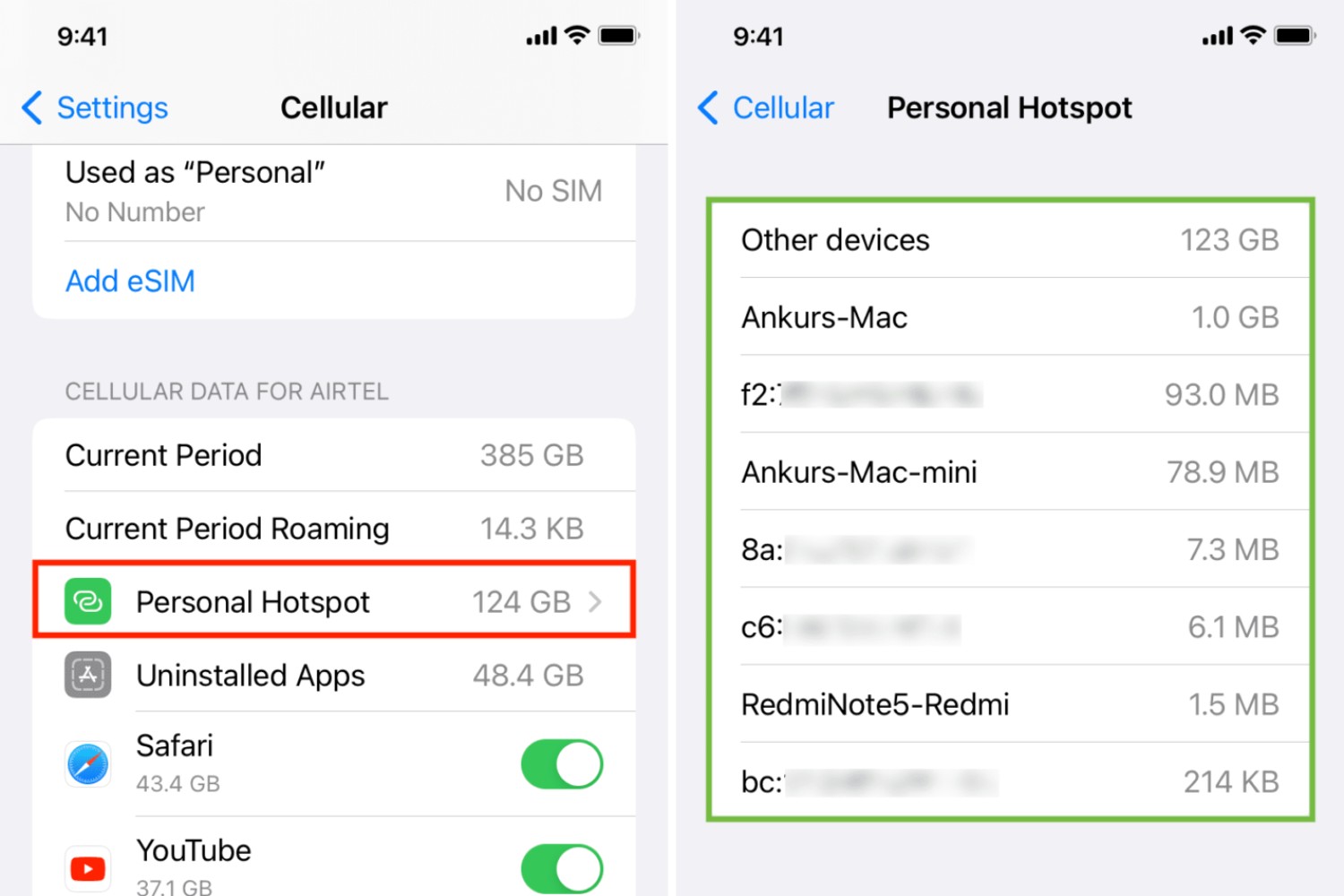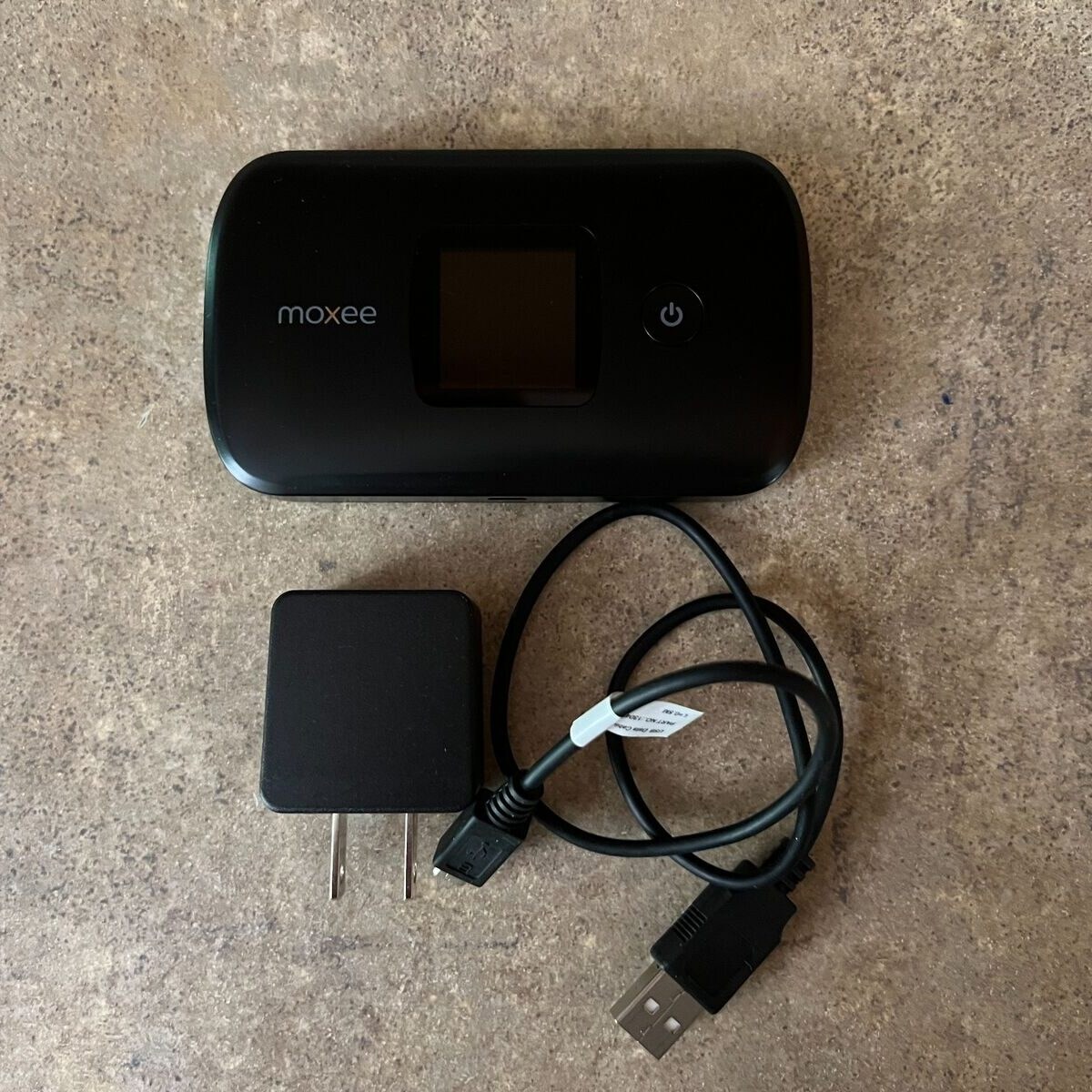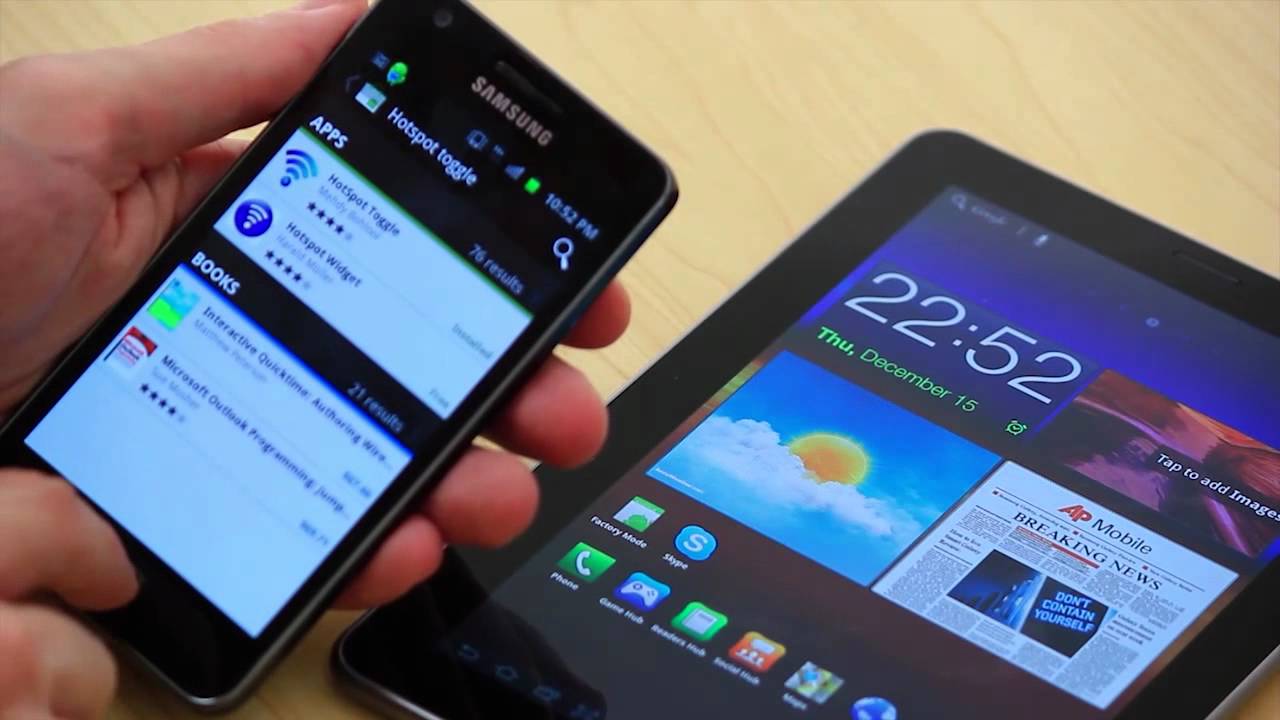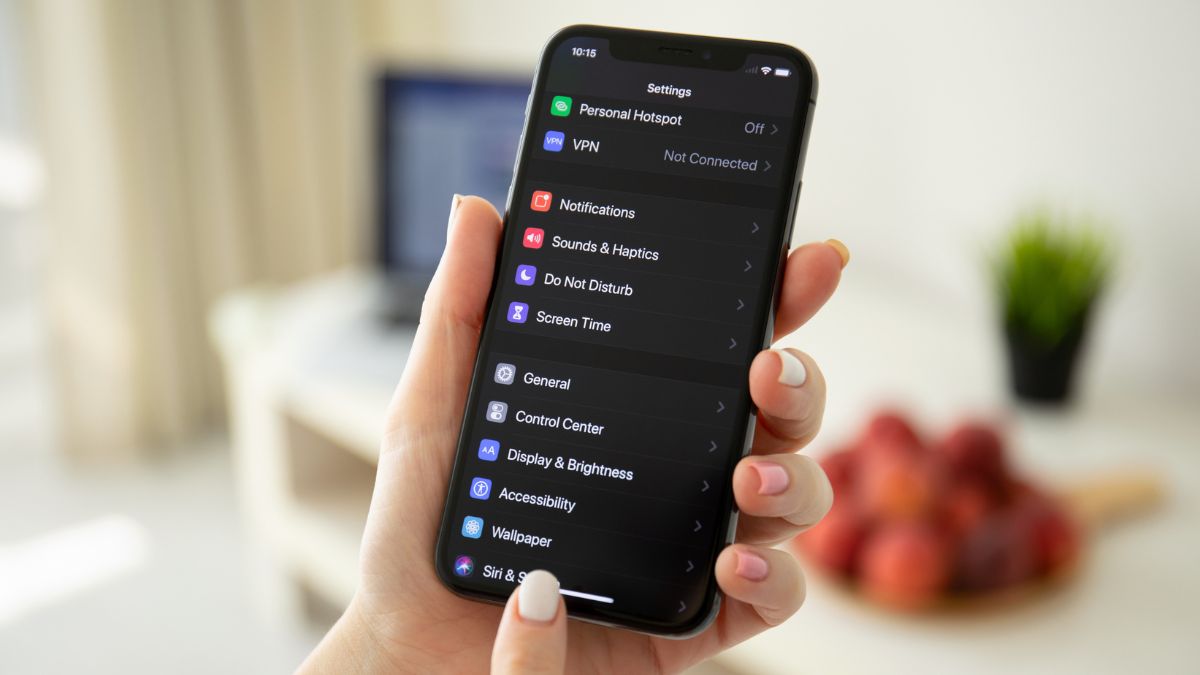Introduction
In today's interconnected world, the convenience of wireless connectivity has become indispensable. Hotspots, in particular, have revolutionized the way we access the internet on the go. Whether in a bustling coffee shop, a serene park, or a busy airport, hotspots provide a gateway to the digital realm. However, amidst this convenience lurks the potential for unwanted connections that can compromise our privacy and security.
As we immerse ourselves in the digital landscape, the prevalence of unwanted hotspot connections has become a pressing concern. Unwarranted access to our devices and data can lead to a myriad of issues, ranging from unauthorized data usage to malicious attacks. Therefore, understanding the risks associated with unwanted hotspot connections and learning how to identify and remove them is crucial in safeguarding our digital well-being.
In this comprehensive guide, we will delve into the intricacies of unwanted hotspot connections, empowering you with the knowledge and tools to effectively manage and mitigate this pervasive issue. From recognizing the signs of unwanted connections to implementing best practices for prevention, this guide will equip you with the essential skills needed to navigate the digital landscape securely and confidently.
Join us as we embark on a journey to demystify the realm of unwanted hotspot connections, empowering you to take control of your digital security and privacy. Let's embark on this enlightening exploration, arming ourselves with the knowledge and strategies needed to delete unwanted connections and fortify our digital defenses.
Understanding Hotspot Connections
Hotspot connections have become ubiquitous in our daily lives, offering seamless access to the internet in diverse settings. These wireless networks, often provided by establishments or individuals, enable users to connect their devices to the internet without the need for physical cables. This convenience has transformed the way we interact with the digital world, allowing us to stay connected and productive while on the move.
Hotspot connections operate through wireless access points, which transmit data to and from devices within their range. When a device connects to a hotspot, it establishes a link with the access point, enabling the transfer of data packets over the air. This wireless communication facilitates internet access for users, empowering them to browse the web, stream media, and engage in online activities with unparalleled convenience.
Understanding the dynamics of hotspot connections involves recognizing the underlying technology that drives these networks. Whether utilizing Wi-Fi, Bluetooth, or cellular data, hotspots leverage different wireless protocols to facilitate connectivity. Wi-Fi hotspots, for instance, utilize radio waves to transmit data between devices and access points, while Bluetooth hotspots establish connections through short-range wireless communication.
Moreover, the proliferation of mobile hotspots, often integrated into smartphones and portable devices, has further expanded the accessibility of wireless connectivity. These mobile hotspots, also known as tethering, enable users to share their cellular data connection with other devices, creating a personal wireless network on the go.
In addition to traditional hotspots, public Wi-Fi networks offered by cafes, airports, and other public venues have gained widespread popularity. While these networks provide invaluable convenience, they also present security risks if not utilized cautiously. Unsecured public hotspots, for instance, can expose users to potential threats such as data interception and unauthorized access to their devices.
Understanding the nuances of hotspot connections involves acknowledging the benefits and vulnerabilities associated with these wireless networks. While hotspots offer unparalleled convenience and flexibility, they also demand vigilance and awareness to ensure the security and privacy of users' data and devices. By gaining a comprehensive understanding of hotspot connections, individuals can navigate the digital landscape with confidence, leveraging the benefits of wireless connectivity while mitigating potential risks.
Risks of Unwanted Hotspot Connections
Unwanted hotspot connections pose a myriad of risks that can compromise the security and privacy of individuals' digital devices and data. These risks stem from the inherent vulnerabilities of wireless networks and the potential for unauthorized access and exploitation. Understanding these risks is essential for individuals to comprehend the gravity of unwanted hotspot connections and take proactive measures to mitigate their impact.
-
Data Interception: Unwanted hotspot connections can facilitate data interception, allowing malicious actors to eavesdrop on the communication between a device and the access point. This interception can lead to the unauthorized access and theft of sensitive information, including login credentials, personal data, and financial details.
-
Malware Distribution: Unsecured hotspots can serve as breeding grounds for the distribution of malware. When connected to an unwanted hotspot, devices are susceptible to malicious software that can compromise their integrity and functionality. Malware distributed through unwanted connections can lead to data loss, system corruption, and unauthorized access to sensitive information.
-
Man-in-the-Middle Attacks: Unwanted hotspot connections create opportunities for man-in-the-middle attacks, wherein an attacker intercepts and potentially alters the communication between a device and the access point. This form of attack can enable the unauthorized manipulation of data, leading to the compromise of sensitive information and the exploitation of vulnerabilities within the communication channel.
-
Phishing and Social Engineering: Unwanted hotspots can be utilized as platforms for phishing attacks and social engineering tactics. Attackers may create deceptive networks that mimic legitimate hotspots, luring unsuspecting users into connecting to them. Once connected, users may be subjected to fraudulent schemes aimed at extracting personal information, login credentials, and financial details.
-
Unauthorized Access to Devices: Unwanted hotspot connections can grant unauthorized individuals access to connected devices, potentially compromising their security and privacy. This unauthorized access can lead to the exploitation of device vulnerabilities, unauthorized data retrieval, and the compromise of sensitive information stored on the device.
-
Excessive Data Usage: In some cases, unwanted hotspot connections may result in excessive data usage, leading to unexpected charges for users with limited data plans. When connected to an unwanted hotspot, devices may inadvertently consume data, leading to financial implications for users who exceed their data allowances.
By comprehensively understanding the risks associated with unwanted hotspot connections, individuals can adopt a proactive stance in safeguarding their digital well-being. This awareness empowers users to recognize the signs of unwanted connections and take decisive actions to remove and prevent their detrimental impact on their devices and data.
How to Identify Unwanted Hotspot Connections
Identifying unwanted hotspot connections is paramount in maintaining the security and privacy of your digital devices and data. By recognizing the signs of potential threats, you can take proactive measures to safeguard your online activities. Here are several effective methods to identify unwanted hotspot connections:
1. Vigilant Network Scanning
Regularly scanning for available networks on your device can unveil any unfamiliar or suspicious hotspots in your vicinity. Utilize the network scanning feature on your smartphone, tablet, or laptop to detect all accessible wireless networks. Pay close attention to network names that seem out of place or resemble common Wi-Fi names with slight variations, as these could be deceptive attempts to lure unsuspecting users into connecting to malicious hotspots.
2. Scrutinizing Signal Strength
When assessing available hotspots, take note of the signal strength associated with each network. Unusually strong signals emanating from nearby hotspots, especially those with generic or inconspicuous names, may indicate the presence of rogue access points. These rogue hotspots can be deployed by attackers to entice users into connecting to them, potentially leading to unauthorized access and data compromise.
3. Verifying Network Authenticity
Prior to connecting to a hotspot, verify its authenticity by seeking confirmation from the establishment or individual responsible for providing the network. In public venues such as cafes, airports, and hotels, inquire about the official network name and credentials to ensure that you are connecting to a legitimate and secure hotspot. Avoid connecting to networks with ambiguous or generic names, as they may pose security risks.
4. Monitoring Device Behavior
Observing the behavior of your devices, such as sudden drops in performance, unexpected pop-up notifications, or unexplained data usage, can signal the presence of unwanted hotspot connections. Anomalies in device behavior, especially when connected to a wireless network, should prompt further investigation to ascertain the legitimacy of the hotspot and take appropriate remedial actions if necessary.
5. Utilizing Security Software
Deploying reputable security software on your devices can provide an additional layer of protection against unwanted hotspot connections. Antivirus, antimalware, and network security applications can detect and mitigate potential threats posed by malicious hotspots, enhancing the overall security posture of your devices and network connectivity.
By implementing these strategies and remaining vigilant in your interactions with hotspot connections, you can effectively identify and mitigate the risks associated with unwanted networks. This proactive approach empowers you to make informed decisions when connecting to hotspots, ensuring the security and privacy of your digital endeavors.
Steps to Remove Unwanted Hotspot Connections
Removing unwanted hotspot connections is a critical step in safeguarding the security and privacy of your digital devices. By promptly addressing and eliminating these connections, you can mitigate the potential risks posed by unauthorized access and exploitation. Here are the essential steps to remove unwanted hotspot connections:
-
Disconnect from the Suspicious Hotspot: If you identify a hotspot that raises suspicion or appears unfamiliar, immediately disconnect your device from it. This initial action severs the connection and prevents further exposure to potential security threats associated with the unwanted network.
-
Forget the Network: In the case of persistent or recurring unwanted hotspots, utilize the "Forget Network" feature on your device. By removing the unwanted network from your device's saved networks list, you prevent your device from automatically connecting to it in the future. This proactive measure reduces the likelihood of inadvertently reestablishing connections to suspicious hotspots.
-
Reset Network Settings: Resetting the network settings on your device can effectively purge unwanted hotspot connections and restore the default network configurations. This step is particularly useful if you suspect that your device's network settings have been compromised or manipulated by unauthorized connections.
-
Update Device Software: Ensure that your device's operating system and networking software are up to date. Regular software updates often include security patches and enhancements that address vulnerabilities exploited by unwanted hotspot connections. By keeping your device software current, you bolster its resilience against potential security threats.
-
Run Security Scans: Perform comprehensive security scans using reputable antivirus and antimalware software. These scans can detect and eliminate any malicious software or threats that may have infiltrated your device through unwanted hotspot connections. Running periodic security scans is a proactive measure to maintain the integrity of your device and network.
-
Implement Network-Level Security Measures: If you suspect that unwanted hotspot connections have compromised your home or office network, consider implementing network-level security measures. This may include updating router firmware, modifying network access controls, and enhancing encryption protocols to fortify the overall security of your network infrastructure.
By diligently following these steps, you can effectively remove unwanted hotspot connections and fortify the security of your digital devices and network connectivity. These proactive measures empower you to mitigate the risks associated with unauthorized access and exploitation, fostering a safer and more secure digital environment.
Best Practices for Preventing Unwanted Hotspot Connections
Preventing unwanted hotspot connections necessitates the implementation of robust and proactive measures to fortify the security and privacy of your digital interactions. By adhering to best practices and exercising vigilance in your use of wireless networks, you can significantly reduce the likelihood of falling victim to unwanted connections. Here are essential best practices for preventing unwanted hotspot connections:
-
Utilize Secure and Trusted Networks: Whenever possible, prioritize connecting to secure and trusted networks, such as those provided by reputable establishments, your home network, or trusted individuals. Secure networks typically employ encryption and authentication mechanisms, reducing the risk of unauthorized access and data interception.
-
Enable Network Encryption: When setting up personal hotspots or wireless networks, ensure that network encryption, such as WPA2 or WPA3, is enabled. Encryption safeguards the data transmitted between devices and the access point, mitigating the potential for eavesdropping and unauthorized access to the network.
-
Avoid Auto-Connect Features: Disable auto-connect features on your devices to prevent them from automatically connecting to open or unsecured networks. By exercising manual control over network connections, you can scrutinize and verify the legitimacy of each hotspot before establishing a connection.
-
Implement VPN Protection: Utilize a reputable virtual private network (VPN) service to encrypt your internet traffic and enhance the security of your online activities, especially when connecting to public or unfamiliar hotspots. VPNs create a secure, encrypted tunnel for data transmission, shielding it from potential interception and manipulation.
-
Regularly Update Device Software: Stay vigilant about installing software updates and patches for your devices, including smartphones, tablets, and laptops. These updates often include critical security enhancements that address vulnerabilities exploited by unwanted hotspot connections, bolstering the overall resilience of your devices.
-
Exercise Caution on Public Networks: Exercise caution when connecting to public Wi-Fi networks, especially those that do not require a password or lack clear authentication measures. Limit the transmission of sensitive information and refrain from accessing sensitive accounts or conducting financial transactions on unsecured public networks.
-
Employ Network Monitoring Tools: Consider utilizing network monitoring tools or apps that can detect and alert you to potential security threats posed by unwanted hotspot connections. These tools can provide visibility into network activity and help identify suspicious or unauthorized access attempts.
-
Educate Yourself and Others: Stay informed about the latest cybersecurity threats and educate yourself and others about the risks associated with unwanted hotspot connections. By raising awareness and promoting best practices within your social and professional circles, you contribute to a collective effort to mitigate the impact of unwanted connections.
By embracing these best practices and integrating them into your digital habits, you can proactively safeguard your devices and data from the perils of unwanted hotspot connections. Cultivating a security-conscious mindset and implementing preventative measures empowers you to navigate the digital landscape with confidence and resilience, reducing the susceptibility to potential security threats.

























